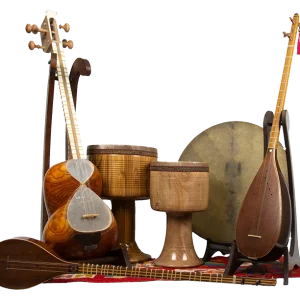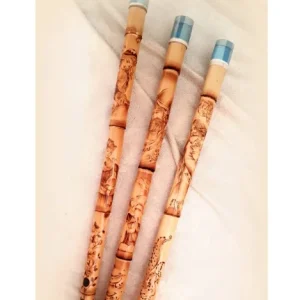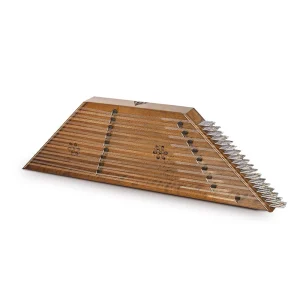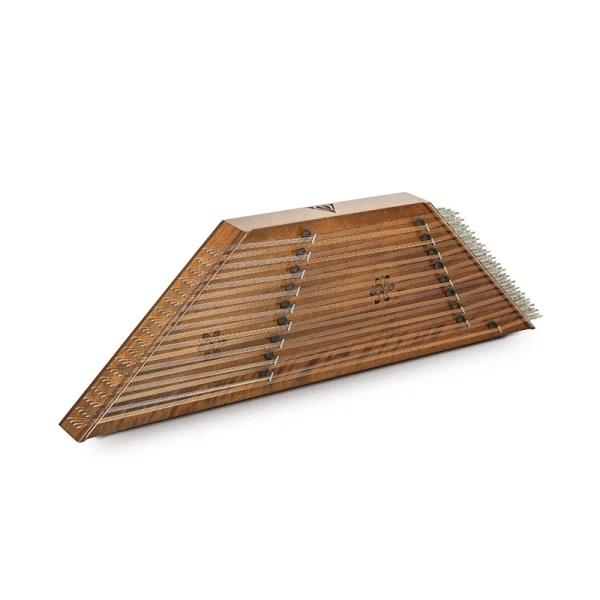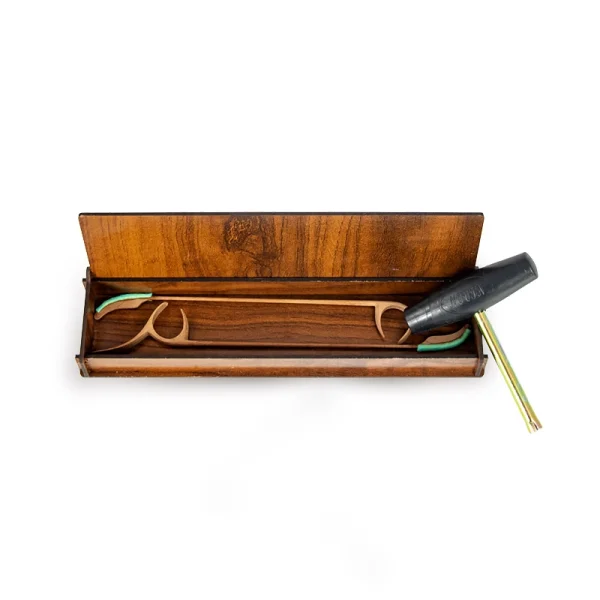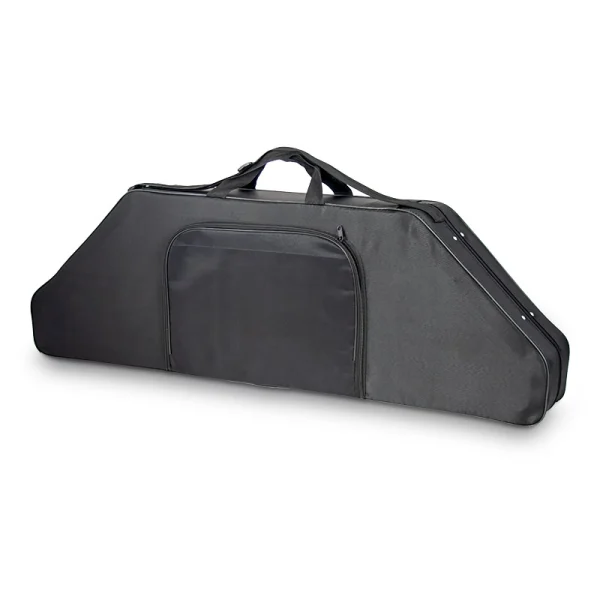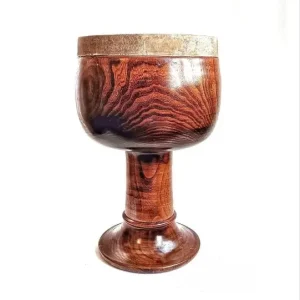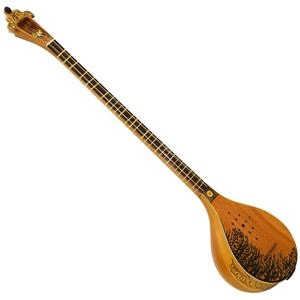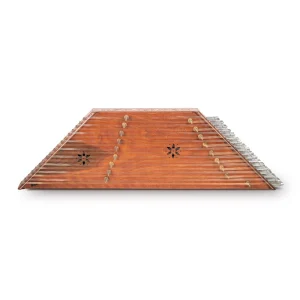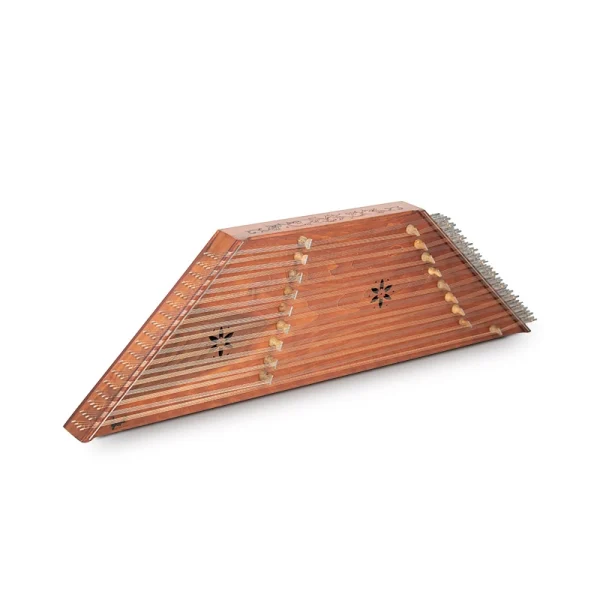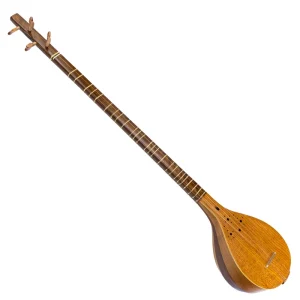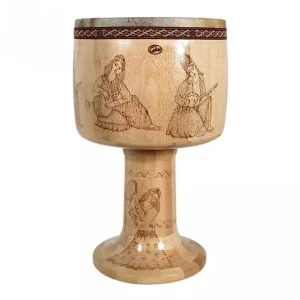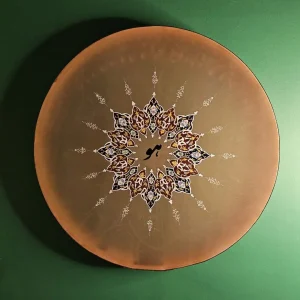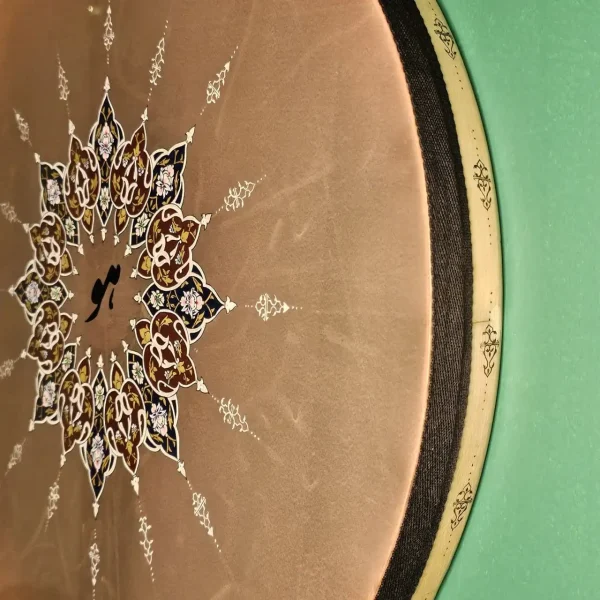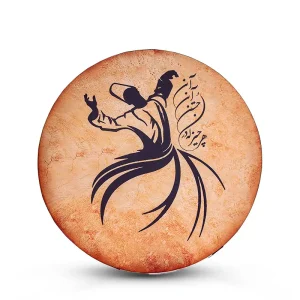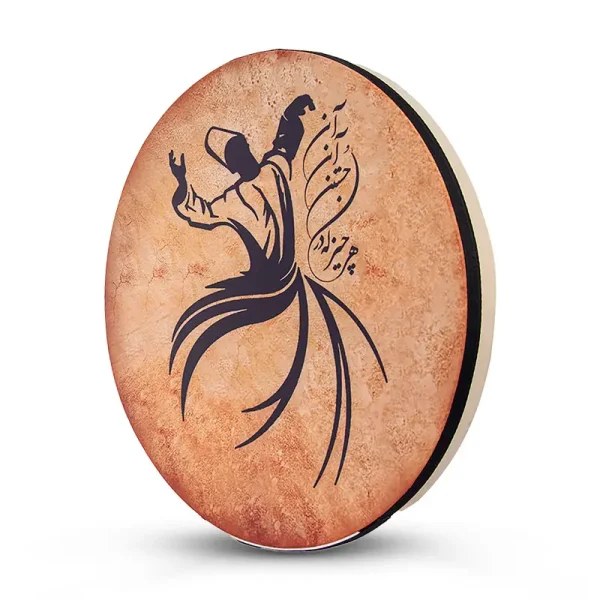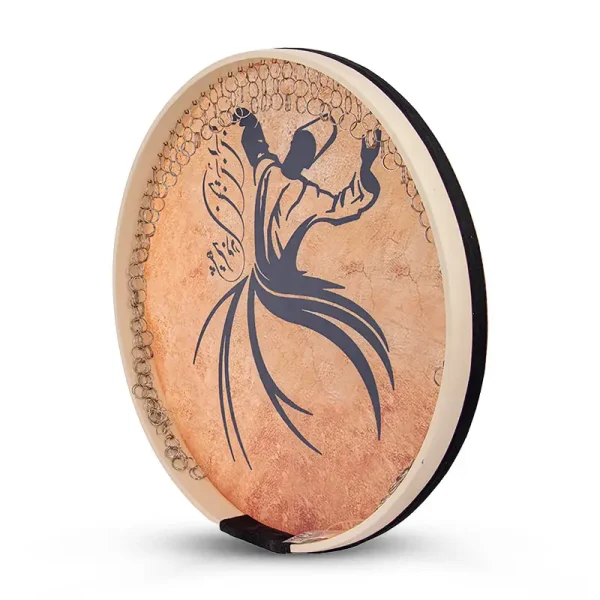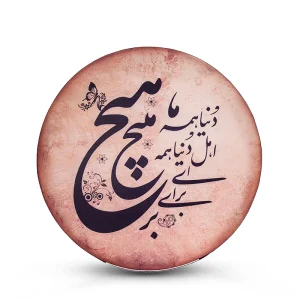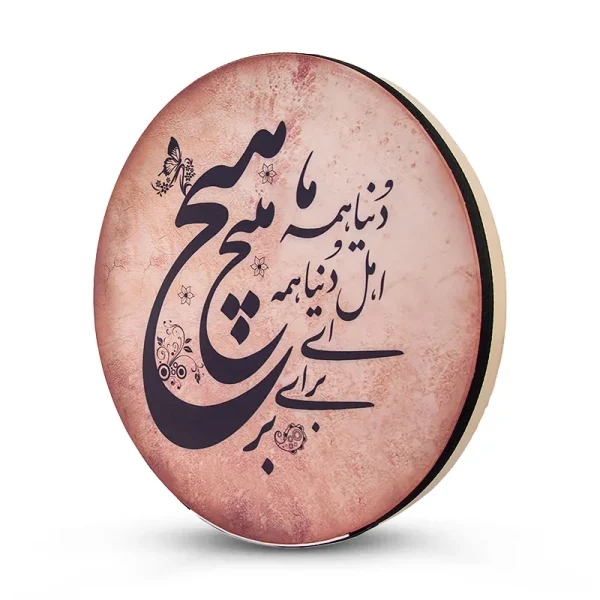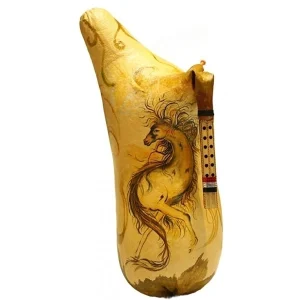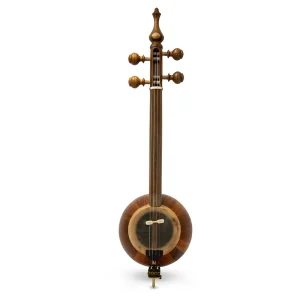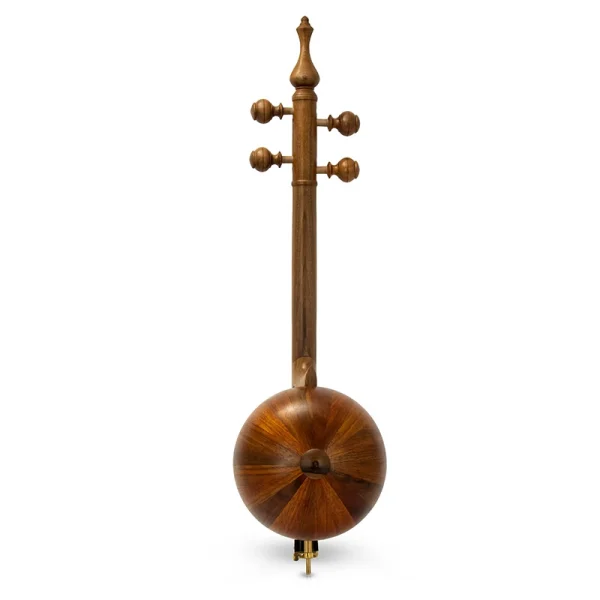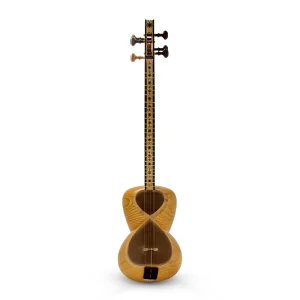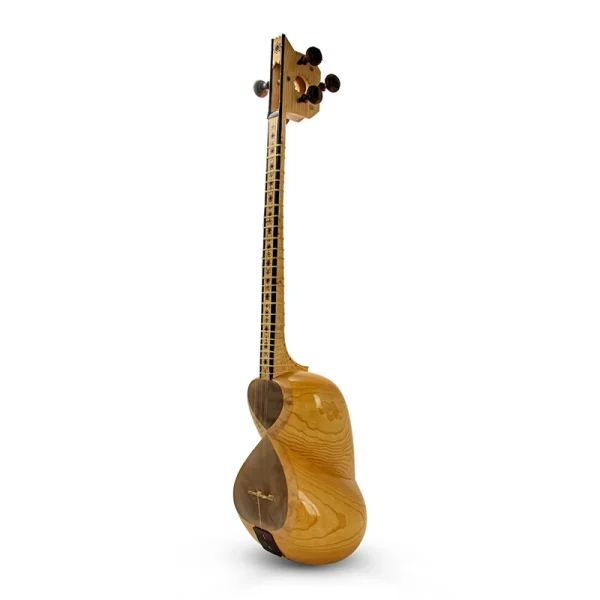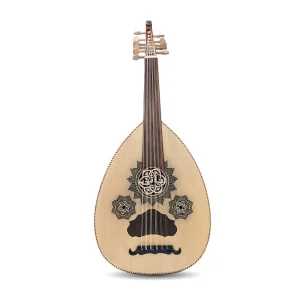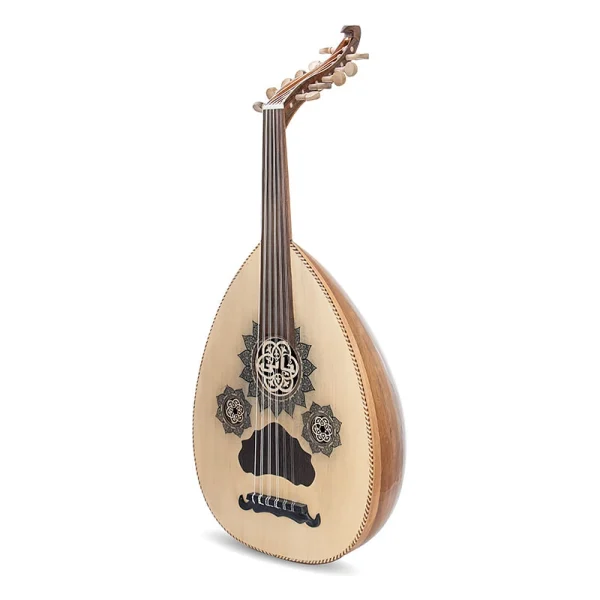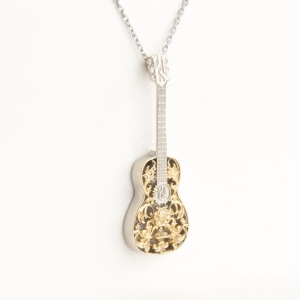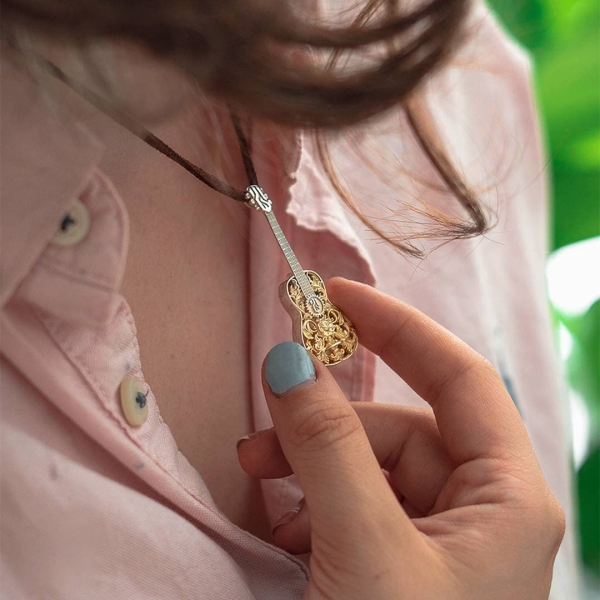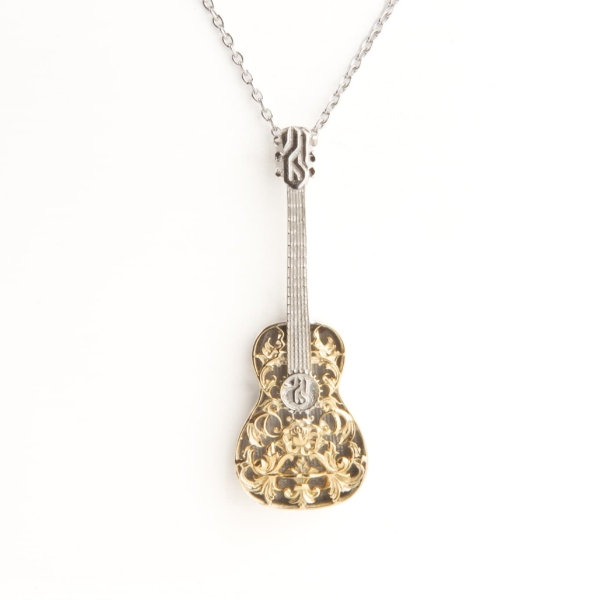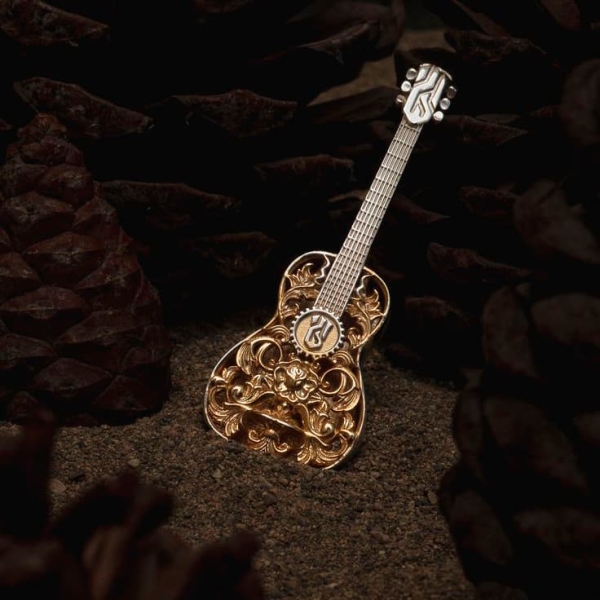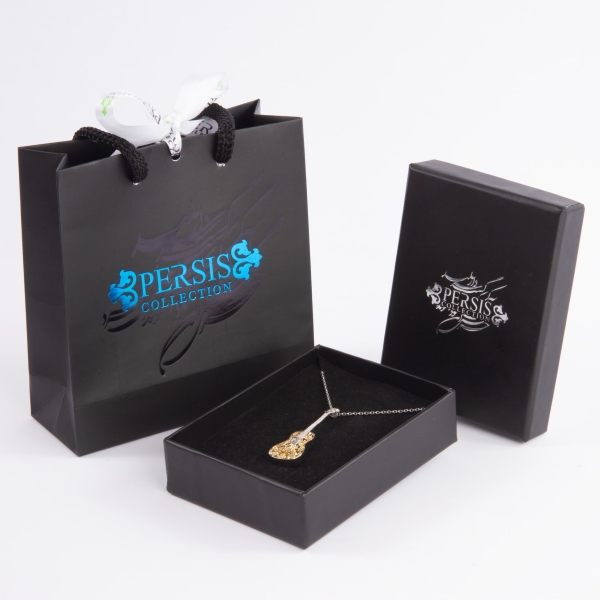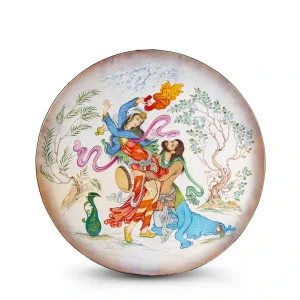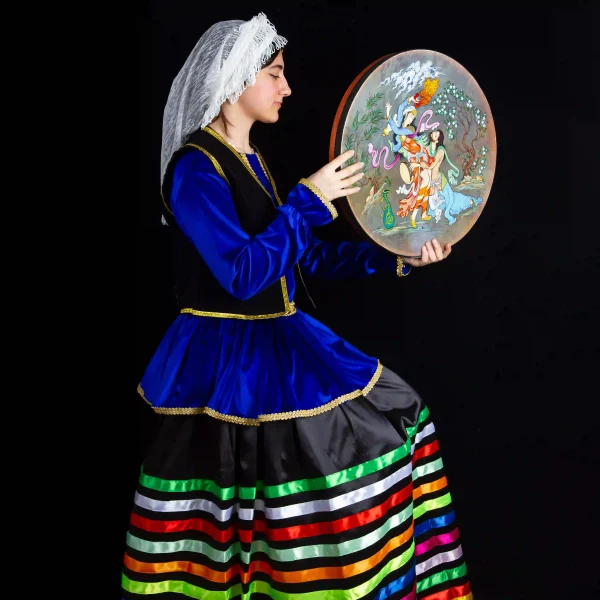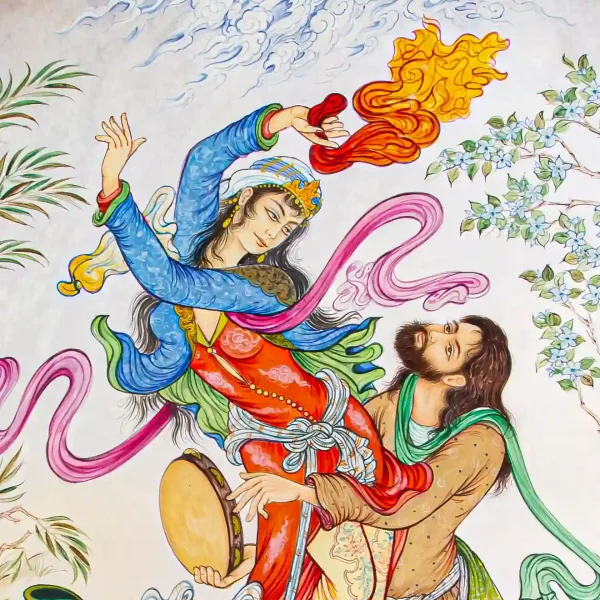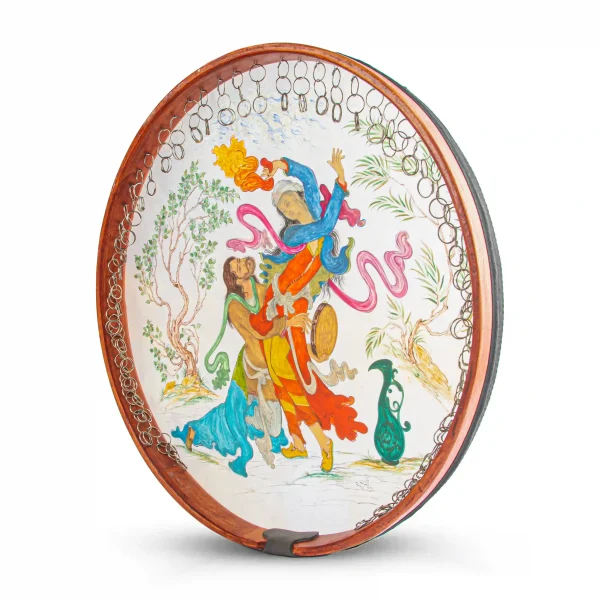Persian Musical Instruments
Discover authentic Persian musical instruments at Persis Collection, the largest online Persian shopping gallery. Explore the Tar, Daf, Santoor, Setar, and Kamancheh, crafted by skilled artisans. Enjoy worldwide delivery and experience the rich heritage of Iranian traditional instruments.
Handcrafted Ney with Burnt Design
$211.20Select options This product has multiple variants. The options may be chosen on the product pagePersian Musical Instruments: A Legacy of Sound and Craftsmanship
The Historical Significance of Persian Musical Instruments
Persian musical instruments have been at the heart of Iran’s artistic and cultural heritage for centuries. These ancient Persian musical instruments have played a crucial role in shaping traditional Persian music. They influenced musical traditions across the Middle East and Central Asia. Each Iranian instrument carries deep historical significance, reflecting a unique blend of craftsmanship, tradition, and emotion. Instruments like the Tar, Santoor, and Daf remain fundamental to Persian classical and folk music, preserving Iran’s musical legacy.
The Diversity of Iranian Musical Instruments
Iranian music instruments offer a remarkable variety of tones and playing techniques, each contributing to the richness of Persian music. The Persian instrument Tar is one of the most expressive Persian string instruments, producing deep, resonant tones that capture the essence of Persian musical expression. The Persian Santoor instrument, a hammered dulcimer, creates cascading melodies that define many Persian compositions. The Kamancheh instrument, a bowed string instrument, produces a hauntingly rich tone, adding depth to Iranian traditional music. The Daf Persian drum, a central part of Persian percussion instruments, provides the rhythmic foundation for Persian folk, classical, and spiritual music. Persian musicians widely respect the Setar, an Iranian instrument known for its delicate and intimate sound, making it a favorite among them.
The Role of Ancient Persian Musical Instruments in Today’s Music
Despite their historical roots, Persian musical instruments continue to influence contemporary music worldwide. Iranian traditional instruments now feature in fusion music, orchestral arrangements, and world music collaborations, showcasing their versatility and timeless appeal. Musicians often include instruments like the Tar, Santoor, and Daf in modern compositions, proving that ancient Persian instruments continue to thrive in the evolving world of music.
Tar Instrument: The Iconic Persian Stringed Masterpiece
The Structure and Materials of the Persian Instrument Tar
The Persian instrument Tar is one of the most well-known Persian string instruments, highly valued for its rich tonal range and expressive capabilities. This musical instrument Tar features a double-bowl body, meticulously carved from mulberry wood, enhancing the warmth and depth of its sound. Craftsmen cover the body of the Tar with a stretched animal skin membrane that amplifies the vibrations of its six strings, arranged in three double courses. Musicians play the Tar with a brass plectrum coated in wax, offering precision and control for intricate Persian melodies.
The Sound and Playing Techniques of the Musical Instrument Tar
The Persian instrument Tar produces a deep, resonant sound that allows musicians to convey a wide spectrum of emotions. This Persian music instrument is essential for performing the complex modal system of Persian classical music, known as Dastgah. Musicians often play the Tar in solo performances and ensembles, showcasing its versatility. Musicians manipulate the frets and use intricate picking techniques to create fluid, expressive melodies, making the Persian instrument Tar one of the most challenging yet rewarding Iranian music instruments to master.
The Influence of the Persian Instrument Tar on Persian Music
Since the Qajar era, the Persian instrument Tar has been a dominant force in Persian classical music. It has been played by legendary Iranian musicians, each contributing to the evolution of its techniques and musical expression. This Persian music instrument remains an essential element of Iranian traditional music and has inspired variations in neighboring musical cultures, including Azerbaijan, Armenia, and Turkey. Among ancient Persian musical instruments, the musical instrument Tar stands out for its lasting influence and unparalleled expressive depth.
Daf Persian Instrument: The Rhythm of Iranian Tradition
The Structure and Craftsmanship of the Daf Persian Drum
The Daf Persian instrument is one of the most renowned Persian percussion instruments, producing deep and intricate rhythmic patterns. The Daf Persian drum consists of a circular wooden frame covered with stretched animal skin, ensuring a dynamic sound with a rich tonal quality. Many artisans equip Daf Iranian instruments with metal rings inside the frame, creating a distinct jingling effect when played. Skilled craftsmen carefully select the materials to craft the Daf Persian instrument, ensuring optimal resonance and durability.
The Sound and Techniques of the Daf Iranian Instrument
Musicians play the Daf Persian drum with rapid hand movements, using fingers, palms, and wrists to create a variety of rhythmic textures. The Daf Iranian instrument is known for its dynamic range, producing both subtle, meditative beats and powerful, energetic rhythms. Among Persian percussion instruments, the Daf Persian drum stands out for its ability to generate complex polyrhythms, making it a favorite among musicians who specialize in Iranian traditional instruments.
The Cultural and Spiritual Significance of the Daf Persian Instrument
The Daf Persian instrument has been an integral part of Persian and Sufi music for centuries. Musicians use the Daf Persian drum in religious ceremonies and spiritual gatherings, often creating trance-like rhythms that facilitate meditation and transcendental experiences. Beyond its mystical role, the Daf Persian instrument has also become a fundamental component of contemporary Persian music. The rhythmic patterns of the Daf Iranian instrument continue to shape modern interpretations of Persian music, proving that this ancient Persian instrument remains as relevant as ever.
Persian Santoor Instrument and Other Iranian Traditional Instruments
The Unique Sound and Construction of the Santoor Persian Instrument
Craftsmen create the Persian Santoor, a beautifully crafted hammered dulcimer that produces a shimmering, melodic sound. Made from fine walnut or rosewood, the Santoor features multiple strings stretched over a trapezoidal wooden frame. The musician plays the Persian Santoor using two delicate wooden mallets called mezrab, striking the strings with precision to create cascading, ethereal melodies. Musicians highly regard this Persian music instrument for its ability to convey deep emotion and intricate musical structures.
The Persian Setar and Kamancheh: Essential Iranian Music Instruments
The Persian Setar is a four-stringed instrument known for its soft, intimate sound. Unlike the bold and dynamic Tar, the Setar often features in introspective and lyrical compositions. Musicians play this instrument with their fingertips, allowing for expressive variations in tone and dynamics. Another essential Iranian traditional instrument is the Kamancheh instrument, a bowed string instrument that delivers a deeply resonant and emotional sound. The Kamancheh instrument has been a vital part of Persian classical music for centuries, and its expressive potential continues to captivate musicians and listeners alike.
Persian Musical Instruments FAQs:
- What are the most popular Persian musical instruments?
The most popular Persian musical instruments include the Tar, Setar, Daf, Santoor, Kamancheh, and other Iranian traditional instruments. These are widely used in Persian classical, folk, and spiritual music. - Where can I buy authentic Persian musical instruments?
Customers can purchase authentic Persian instruments at Persis Collection, the largest and most trusted online Persian shopping gallery. We offer a wide selection of Iranian musical instruments, including the Tar, Daf, Santoor, Setar, and Kamancheh, with guaranteed worldwide delivery. - What is the difference between the Tar and the Setar?
The Tar has six strings and a larger, double-bowl soundbox, producing a fuller, more dynamic sound. The Setar, a smaller, four-stringed instrument, has a more delicate and intimate tone. Both are crucial in Persian traditional music. - What is the history of the Daf?
The Daf has been used for centuries in spiritual ceremonies, Sufi gatherings, and Persian folk music. Known for its deep beats and jingling sound, the Daf features metal rings attached to its wooden frame. - How is the Persian Santoor played?
Musicians play the Persian Santoor using two lightweight wooden mallets, called mezrab, which strike the strings to create shimmering melodies. It is an essential part of Iranian classical music. - What materials are used to make Persian instruments?
Craftsmen use high-quality materials like mulberry wood, walnut, rosewood, and animal skin. For example, craftsmen make the Tar from mulberry wood, create the Daf with a natural skin surface, and craft the Santoor from fine walnut or rosewood. - Can Persian instruments be used in modern music?
Yes, many Persian instruments, including the Tar, Daf, and Setar, play key roles in fusion, jazz, and world music projects, blending beautifully with other styles.






